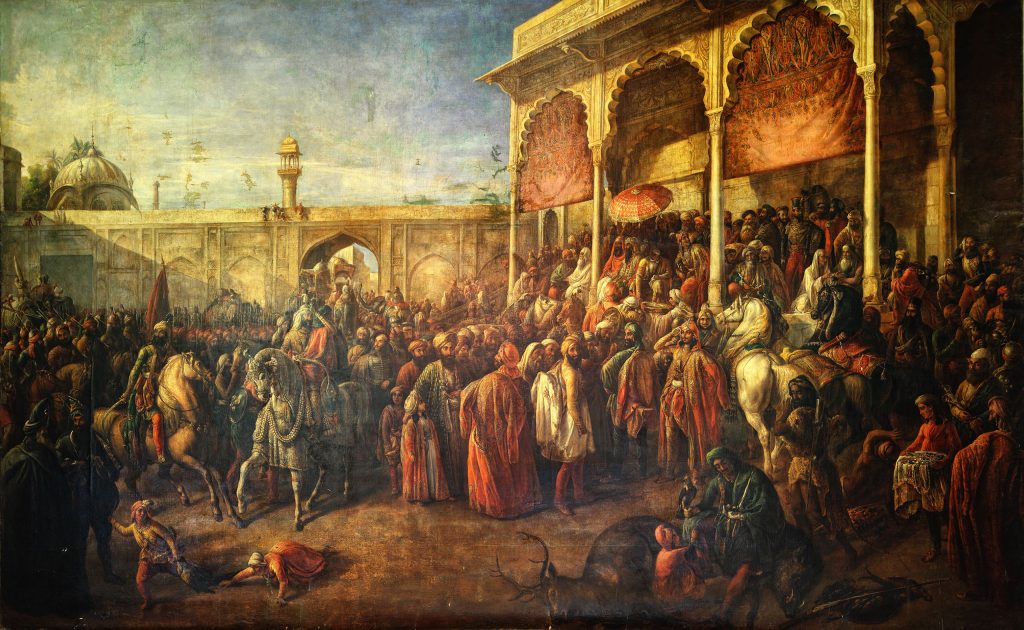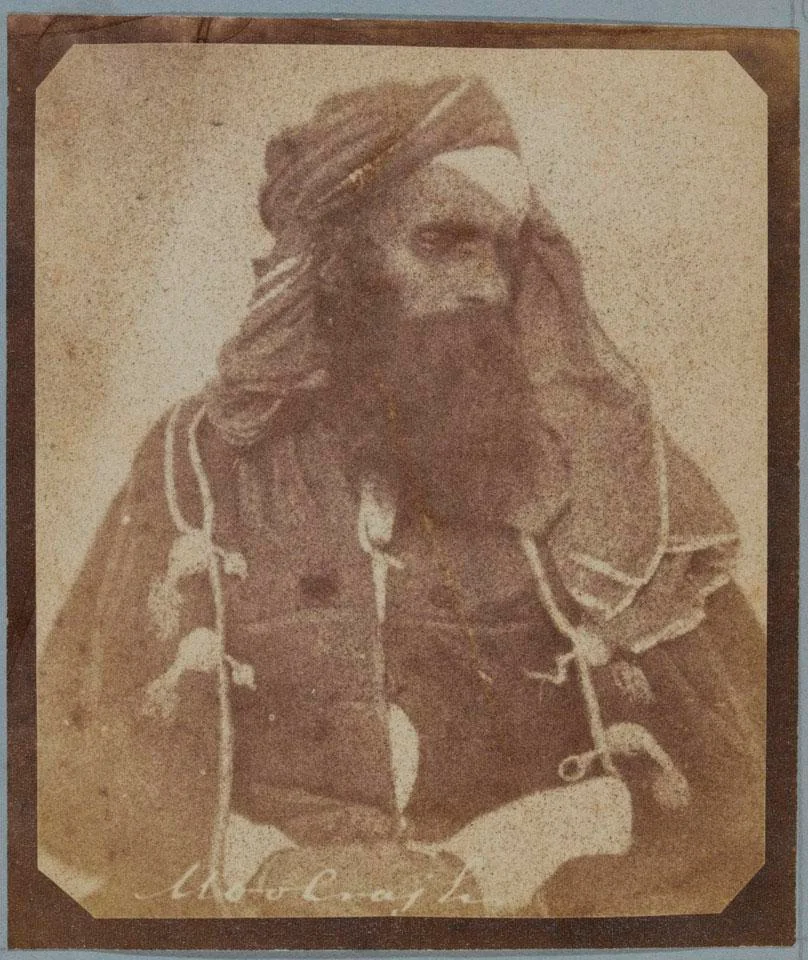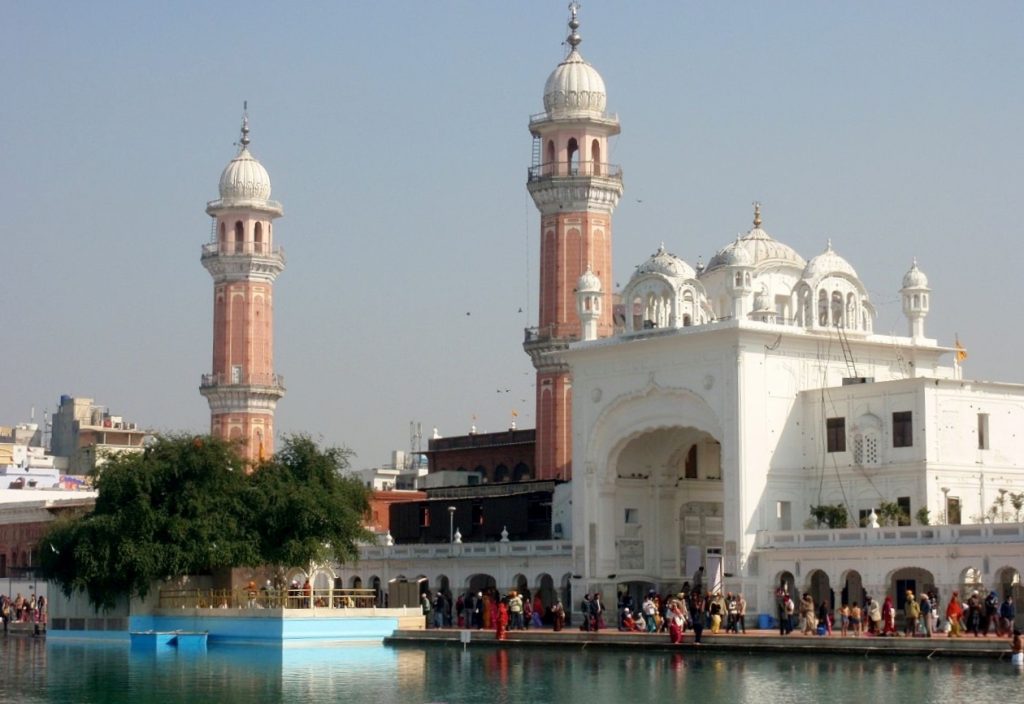AKHBARAT-I-SINGHAN, also known as Twarikhi Sikkhan, is a diary of the day today events of the period from 1895 Bk/AD 1839 to 1903 Bk/AD 1847 based on official reports which General Avitabile (q.v.), military governor of Peshawar during Sikh times, received from various districts under his jurisdiction. It is written in Khatti Shikasta. also called Khatti Diwani; the name of the compiler is not known. The only known manuscript is available, in three volumes, at the Panjab University Library. Lahore, under MS. No. PE III, 30. Volume I, comprising 250 folios, covers the period from 12 Chet 1895 Bk to 3 Jeth, 1896 23 March 1839-May 1839 and contains news from Peshawar.
Discover the diverse and secular legacy of Lahore Darbar, the Sikh Court led by Maharaja Ranjit Singh, showcasing a splendid blend of cultures and leadership.
AKHBAR DARBAR LAHORE, an unpublished collection of 92 letters, reports, notes and summaries of events connected with the second Anglo Sikh war, 1848-49. The manuscript, in Persian, is preserved in Dr Ganda Singh Collection at Punjabi University, Patiala. The entire manuscript comprises 382 pages. These documents are communications written by or summaries of those received or procured by news writers employed by the British and stationed at Lahore.
Explore the tumultuous political journey of Mul Raj Diwan, governor of Hazara, and his ties with influential figures like Misr Beli Ram and Raja Gulab Singh.
Discover the legacy of Bhai Amrik Singh at Sri Darbar Sahib. Uncover his stories and contributions to this historic site.
NIRANKARIS, a sect of the Sikhs born of a reform movement which arose in northwest Punjab in the middle of the nineteenth century aiming to restore the purity of Sikh belief and custom. Its founder, Baba Dayal (1783-1855), was a contemporary of Maharaja Ranjit Singh. A man of humble origin, he cavilled at the shortcomings of the mighty and assailed the rites and observances which had perverted the Sikh way of life. His main target was the worship of images against which he preached vigorously.
BABA BAKALA (31°34`N, 75°16`E), a small town in Amritsar district of the Punjab, is sacred to Guru Hargobind and Guru Tegh Bahadur. The original name of the place was Bakala. As Guru Har Krishan lay on his deathbed in Delhi, he was asked by the sangat to name his successor. All that the Guru could say at that time was \'Baba Bakale\' meaning that (Guru) Tegh Bahadur, who was the brother of his (Guru Har Krishan\'s) grandfather (baba) and who was living at Bakala, was to be the next Guru. Bakala, thereafter, came to be called Baba Bakala.
Explore the legacy of Parduman Singh Giani, the key figure in managing the historic Sri Darbar Sahib, Amritsar. Discover his journey amidst royal intrigues.
BUNGA: A place of residence for the Sikhs or the place for rest for the pilgrims. There were at least 69 Bungas at Amritsar in the nineteenth century, some of them are still in existence. Another term for the resting hostel for the Sikh pilgrims is Saran. At Darbar Sahib, Amritsar Guru Ram Das Saran has been built for the pilgrims. Another Saran at Darbar Sahib is named Guru Nanak Niwas. Lately, a paid hostel named Aka/ Rest House, too, has been built. There are Sarans attached to almost all of the major Gurdwaras.
Explore the legacy of Rai Ram Dial, key vakil at Firozpur, known for his dispatches on significant Sikh kingdom events, including Lord Auckland's meeting.





